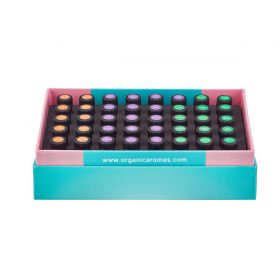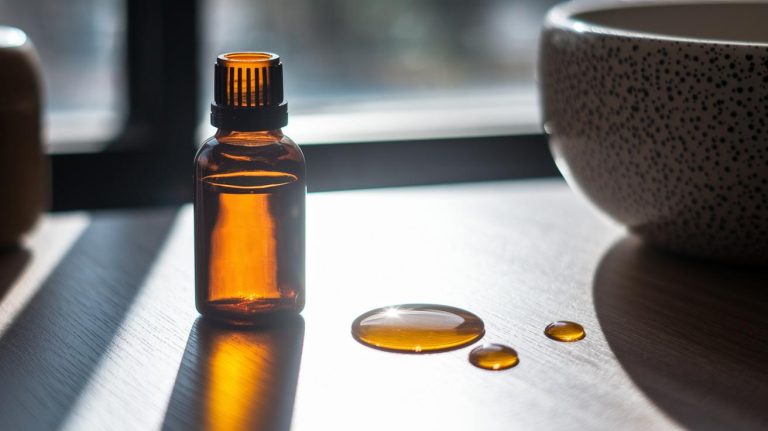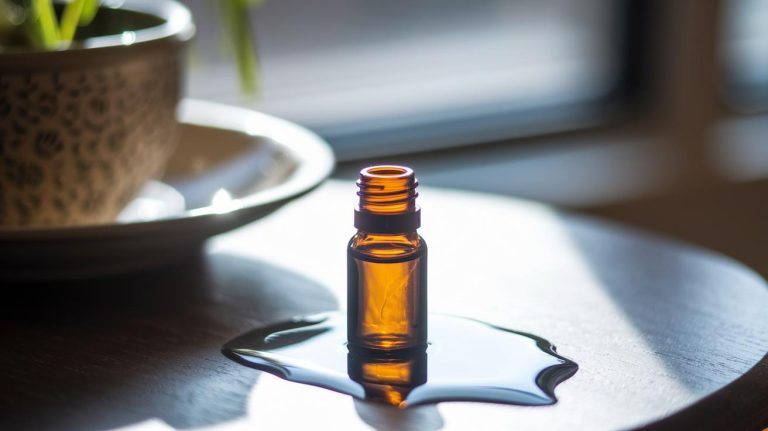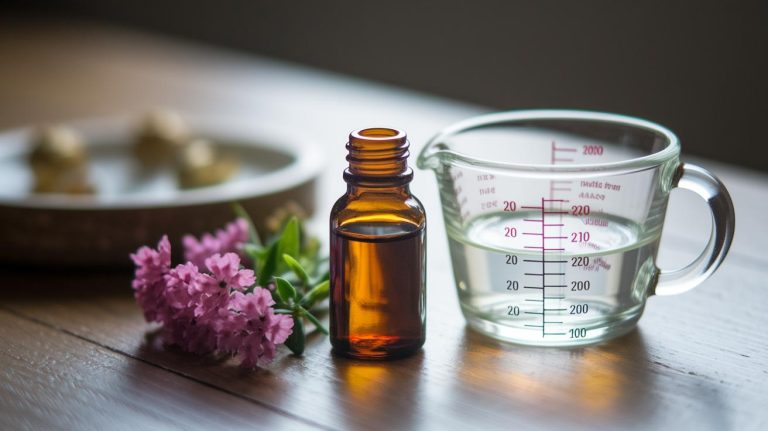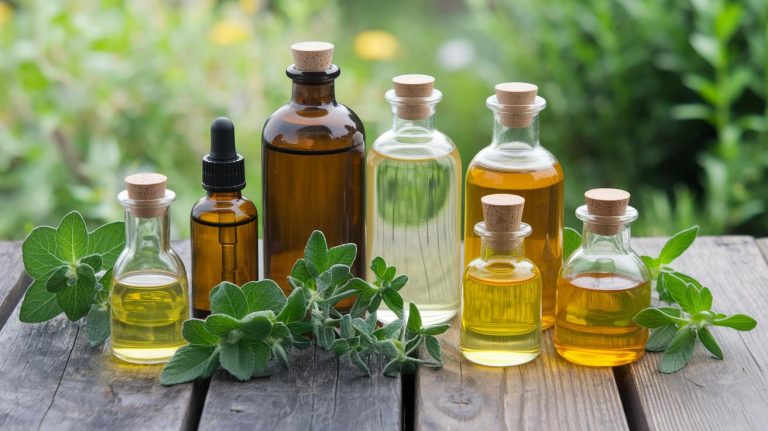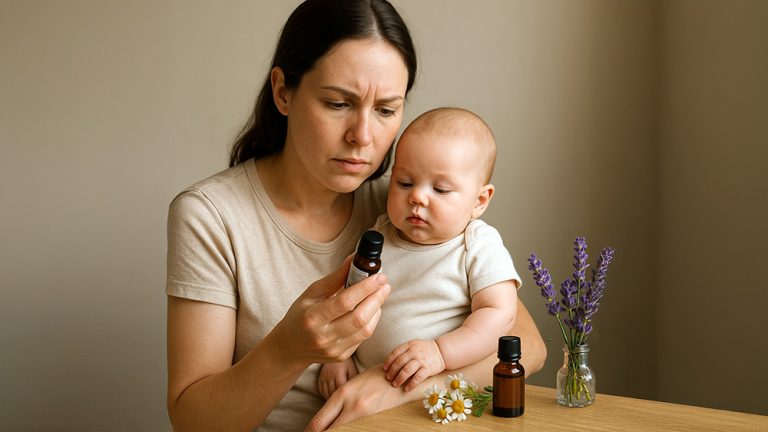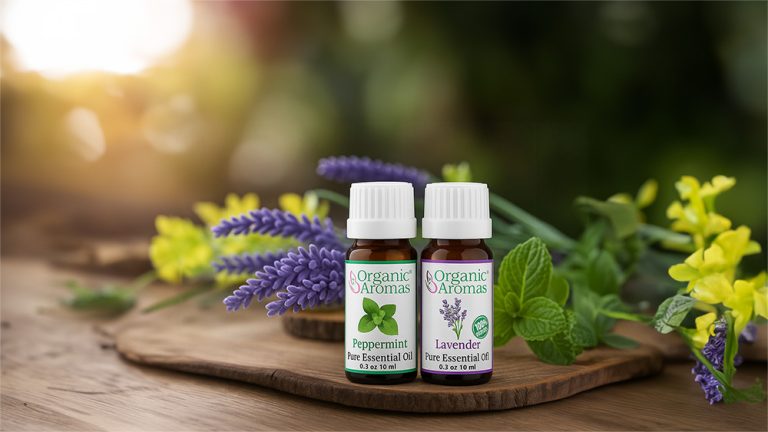5 are Essential Oils flammable Fire Safety Tips
Have you noticed how a burst of citrus from your Raindrop® diffuser feels like sunshine in your home?
That bright, zesty aroma can light up your mood. In rare moments, it can actually light up too.
Essential oils are volatile (easily turn into vapor) plant extracts full of flammable organic compounds.
When they reach their flash point (the temperature where vapors can catch fire) near an open flame or spark, you might see a tiny flare.
At Organic Aromas, we follow strict safety guides and ethical sourcing so you get pure, natural goodness in every drop.
Next, I’ll share five simple fire-safety tips so you can enjoy your aroma mist with peace of mind and keep every breath calm and secure.
Flammability Overview of Essential Oils
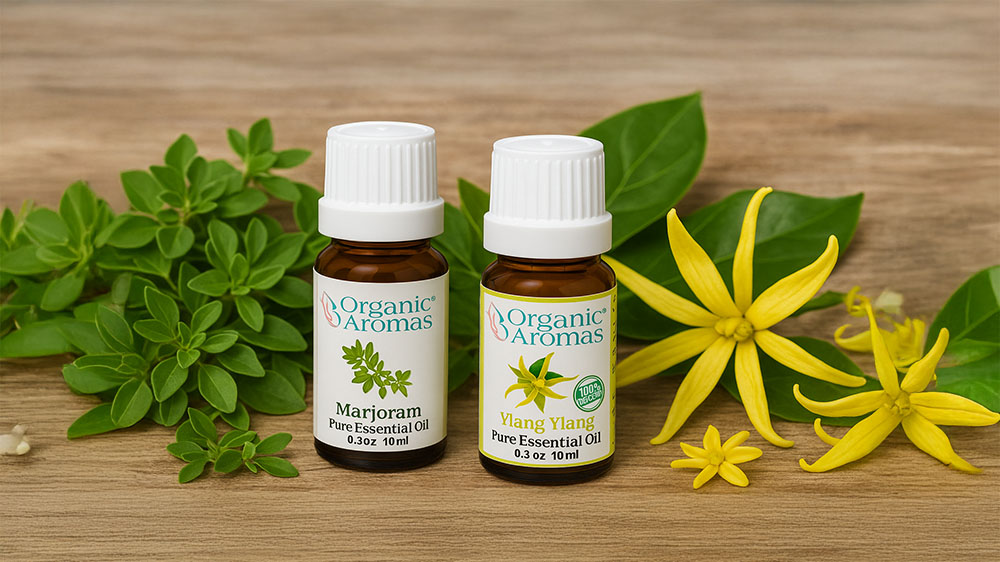
Ever wondered if your favorite essential oils can catch fire? Essential oils are volatile plant extracts (plant extracts that easily turn into vapor) full of combustible organic compounds. At their flash point (the temperature at which vapors ignite when they meet a spark or flame), they can flare up. Most oils’ flash points range from 37°C to 93°C.
Here are some common oils and their usual flash points:
- Lavender oil: about 70°C
- Tea Tree oil: about 56°C
- Eucalyptus oil: about 49°C
- Lemon oil: about 48°C
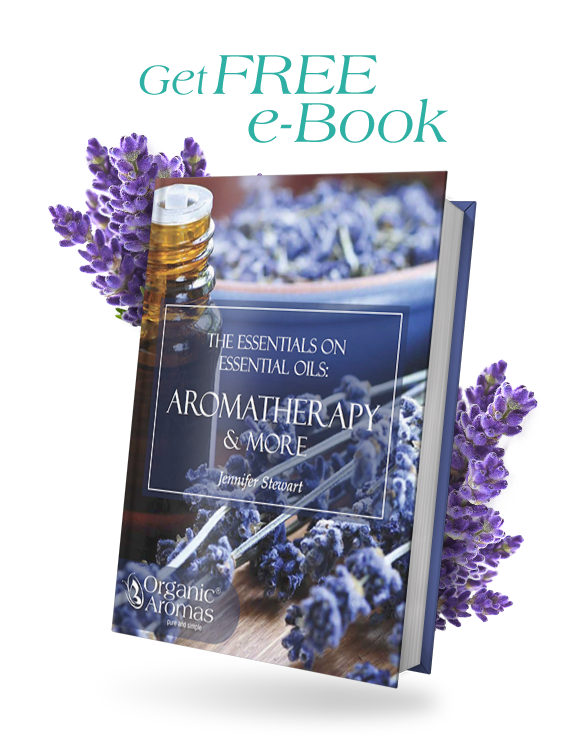
Sign Up to Get Your FREE
e-Book Here…
It’s the terpene-rich makeup (plant compounds that give oils their scent) and their low molecular weight that drive flammability. Think of your diffuser as a silent waterfall of pure oil mist. If the air warms too much, vapors rise and meet a spark.
Oils with lower flash points (like citrus or pine) send off more vapors at mild warmth. So having a lit candle or stovetop nearby ups the risk. Pure or diluted, um, heated oils can still ignite if they go above their flash point.
To keep things safe, avoid placing diffusers near heaters or stoves. Even a well-mixed blend can be risky if the mist drifts into air above 50°C. Store your bottles sealed in a cool spot and follow your safety guide.
Breathe easy.
Key Factors Influencing Essential Oil Flammability
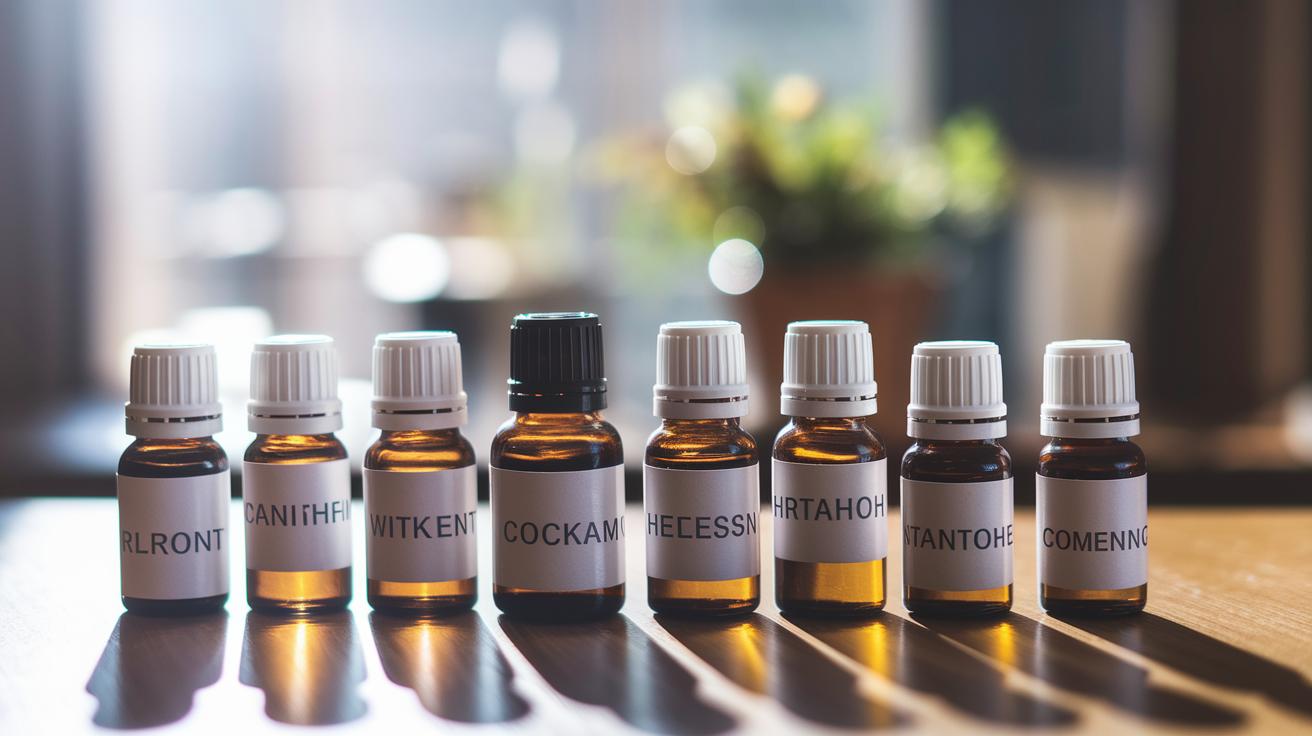
Have you ever noticed how some essential oils release a mist that feels more… fiery? It’s really about a few chemical traits that decide how easily oil vapors ignite (catch fire). Here are the key traits that shape an oil’s flammability:
Key Influencers
| Factor | What You Need to Know |
|---|---|
| Flash Point (lowest temp where vapors ignite with a spark) | The minimum heat needed for oil vapors to burst into flame near a spark |
| Evaporation Rate (how fast oil turns to vapor) | Speed at which the oil mist forms in the air |
| Auto-Ignition Temperature (heat level where vapors light up without a spark) | Temperature at which vapors spontaneously catch fire |
| Viscosity / Distillation Method (thickness and how oil was extracted) | Thinner, steam-distilled oils often ignite more readily |
In truth, these factors guide you to safely enjoy essential oils around warmth. Breathe easy and savor every misty moment.
Most and Least Flammable Essential Oils
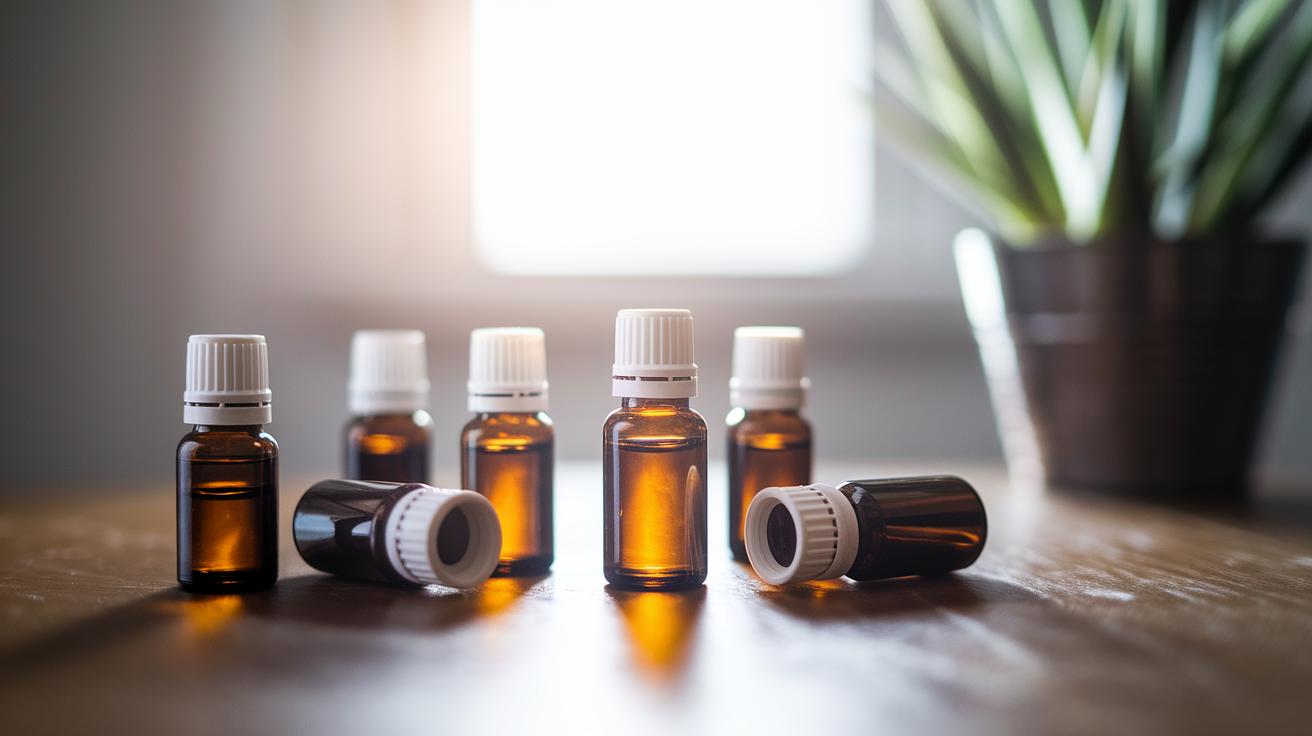
Have you wondered which oils can spark a flame and which ones stay a calm mist? At Organic Aromas, we know safety matters – so we’re here to help you spot which ones can burn and which ones are safer. Let’s take a look at flash point (the lowest temp when an oil’s vapors can catch fire).
| Essential Oil | Flash Point (°C) |
|---|---|
| Clove | 45 |
| Cinnamon Bark | 59 |
| Thyme | 42 |
| Pine | 52 |
| Lemongrass | 48 |
| Lemon | 48 |
| Lavender | 70 |
| Sandalwood | >93 |
Oils with flash points under 50°C send off more vapors at room temperature and can ignite near a spark or open flame. And if you’ve got candles or a hot stovetop nearby, be extra careful with Clove, Thyme, Cinnamon Bark and citrus blends like Lemongrass and Lemon.
In truth, reach for Sandalwood or Vanilla if you want oils that tolerate gentle heat in an ultrasonic diffuser (how it uses tiny vibrations to turn oil and water into mist). Have you felt how a single breath of sandalwood can calm a busy mind? And remember to follow safety and dilution guidelines – small steps that make a big difference.
Breathe. Relax.
Low-flashpoint oils need space from heat sources. High-flashpoint choices give you a more relaxed misting experience.
Safe Storage and Handling of Essential Oils
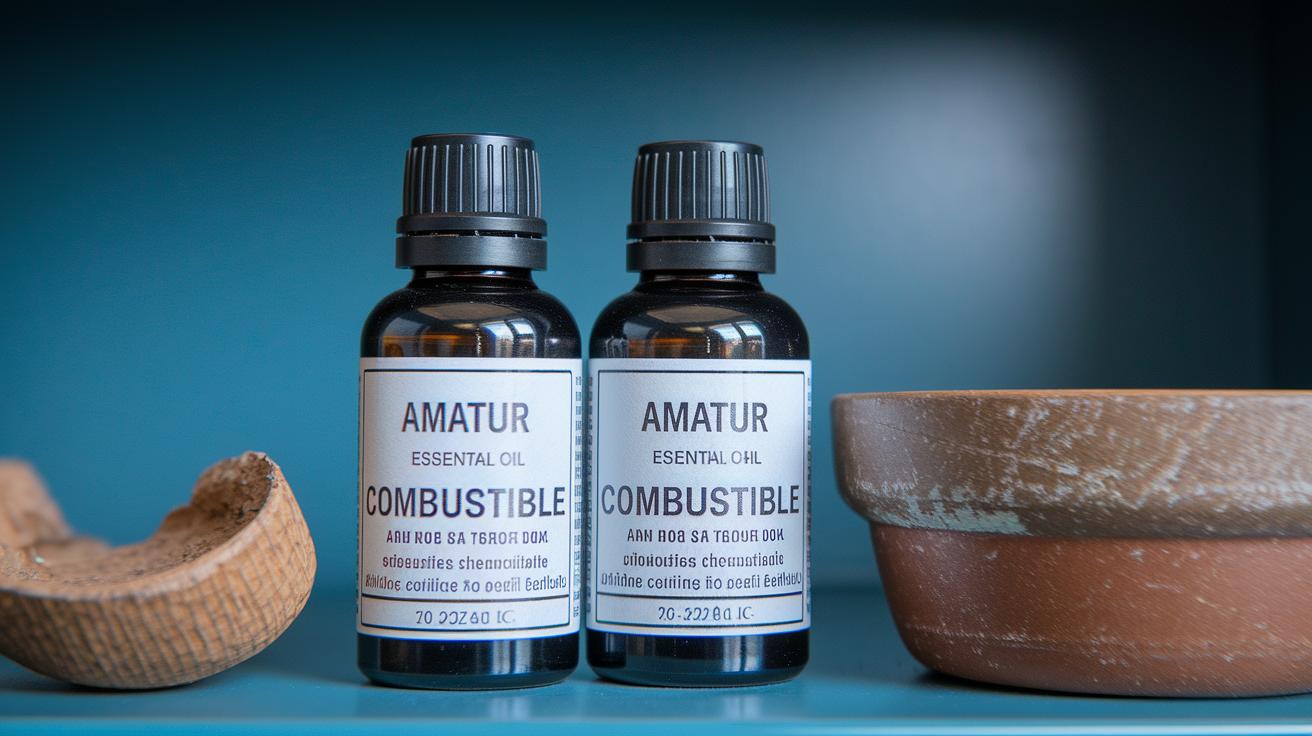
Have you ever felt the soft whisper of lavender mist in your living room? Then you know how soothing essential oils can be. But these bottles can catch fire if we’re not careful.
Here’s how to store your flammable (can catch fire easily) oils so they stay safe and fragrant:
Dark-glass, airtight bottles
Use amber or cobalt blue glass. It blocks light and seals in aroma vapors.Cool spot under 77 °F (25 °C)
Heat speeds evaporation and lowers flashpoint (the temp at which oil can ignite).Away from sunlight or heat sources
Don’t set bottles on windowsills, radiators, or near stoves. Heat can break oils down.Small batch storage
Only keep a few bottles per shelf. Too many at once ups the fire risk.Label “Combustible” clearly
Write it in bold so everyone knows these extracts can ignite if overheated.Weekly leak checks
Inspect caps and bottles for drips. Wipe up spills right away to stop oil pooling near sparks.
Next, do a quick inventory every month. Check dates, spot any broken or cloudy bottles, and rotate older oils forward.
Your oils will stay vibrant, and your home will stay safe. Breathe. Relax.
The Discovery Collection
5 are essential oils flammable Fire Safety Tips
At Organic Aromas, we want every mist to smell amazing and be worry-free. So here are our top fire safety tips for diffusing essential oils.
Try electric or ultrasonic (using sound waves to turn oil and water into a cool mist) diffusers instead of heat-powered ones. Check out essential oil diffuser safety to find models known for safe misting. This cool mist stays below the oils’ flash point (the temperature where vapors can ignite), cutting down on fire risk.
If you choose a nebulizing (how a fine mist delivers pure oil molecules) diffuser, pause and review nebulizing diffuser safety tips. Make sure the glass atomizer (the part that breaks oil into tiny droplets) sits in a clear, well-ventilated spot. That way oils won’t pool and vapors won’t hang in the air.
Run your diffuser for no more than three hours at a time. Um, longer runs can let vapors build up in warmer spots. That raises the chance of ignition if a hidden heat source is nearby.
Keep diffusers at least three feet from curtains, lamps, stoves or open flames. Even gentle warmth can push vapors to a flammable mix. It’s a small gap that makes a big difference.
Wipe up any spills right away and dry the surface before you start the unit again. Oil puddles can gather heat under lamps or near pilot lights and spark unexpectedly. A quick wipe keeps things safe.
Keep these simple steps in mind and your mist stays safe and soothing.
Breathe easy.
Fire Response and First Aid for Essential Oil Incidents
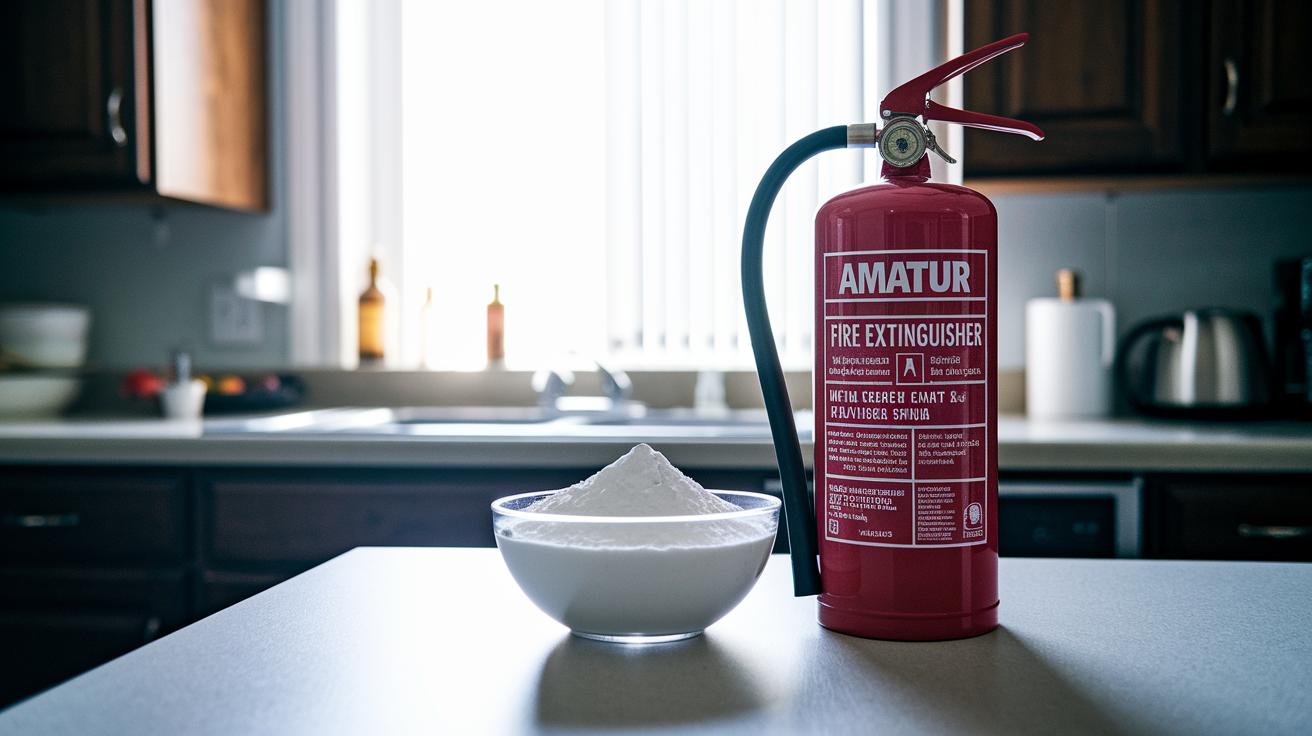
Have you ever felt your heart race when a wisp of oil suddenly ignites? It’s startling to see that smoky haze and feel the heat. But you can act fast and keep everyone safe.
Step 1: Move everyone out and call 911
Get at least 50 feet away from the burning oil. Then dial 911 so firefighters arrive before the fire spreads. Guide kids, pets, or anyone who needs help with breathing out first. Safety first.
Step 2: Smother flames with a Class B fire extinguisher or baking soda
Grab a Class B fire extinguisher (a device that sprays chemicals to put out flammable liquid fires) and aim low at the base of the flames. Water will just spread the oil, never use it. For tiny spots, sprinkle baking soda (the same white powder you bake with) to help snuff out the fire.
Step 3: Cool and cover any oil burns
Rinse the burned area under cool, running water for about 10 minutes, feel that gentle trickle? Then pat dry and wrap with a sterile, nonstick dressing (a clean bandage that won’t stick to your skin). Watch for redness or oozing, that could mean infection.
Step 4: Check in with a medical pro
Even a mild burn from essential oils can go deeper than you think. A doctor or nurse can assess the burn’s depth, suggest ways to minimize scarring, and rule out an allergic reaction (when your body reacts badly to a substance).
Here’s the thing. Always keep a Class B extinguisher, baking soda, and a basic first aid kit within reach of your diffuser zone.
And um, don’t forget to peek at your Organic Aromas Safety Guide for more tips on working with oils safely.
Final Words
You’ve learned how flash point measures when an oil can ignite and identified the most fire-prone varieties. We dove into factors like volatility and molecular makeup, and flagged safer options like Sandalwood and Lavender.
We covered proper storage methods, handling tips, diffuser care, and steps for emergencies. Keep oils sealed, cool, and away from heat, and pick electric or ultrasonic diffusers over heat-powered ones.
Trust your senses and stay mindful. That’s how we answer: are essential oils flammable while keeping your home cozy and safe.
FAQ
Are essential oils flammable?
Essential oils are volatile plant extracts made of combustible organic compounds. Their flash points range from 37–93 °C, so they can ignite if exposed to an open flame or spark.
Are essential oils flammable in candles or dryers?
Essential oils can ignite in candles or dryers when heat exceeds their flash points. Avoid adding oils to candle wax near wicks and don’t apply them inside dryer drums to prevent fire hazards.
What essential oils are flammable or not flammable?
Oils with low flash points—like clove, cinnamon bark, thyme and citrus—pose higher fire risk. High flash-point oils such as sandalwood and vanilla are less flammable and safer to use around heat.
Is lavender essential oil flammable?
Lavender essential oil has a flash point of about 70 °C, placing it in the moderate flammability range. Use gentle heat and keep it away from open flames for safety.
Is peppermint essential oil flammable?
Peppermint essential oil’s flash point sits near 50 °C, making it fairly flammable. Always diffuse or heat it with caution and never expose it to naked flames.
Are carrier oils like olive and coconut oil flammable?
Olive and coconut oils aren’t essential oils. They start to smoke above 160 °C and can ignite if overheated by open flame. Store and heat them safely but they’re less volatile than essential oils.
Are essential oils allowed on planes?
Essential oils are permitted on planes under TSA rules. Each bottle must be 3.4 ounces (100 ml) or smaller and fit inside your clear quart-size liquids bag in carry-on luggage.


